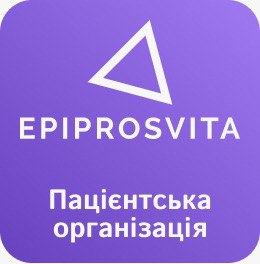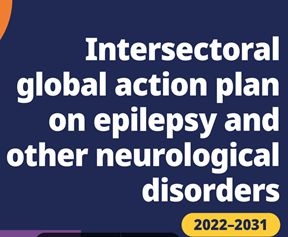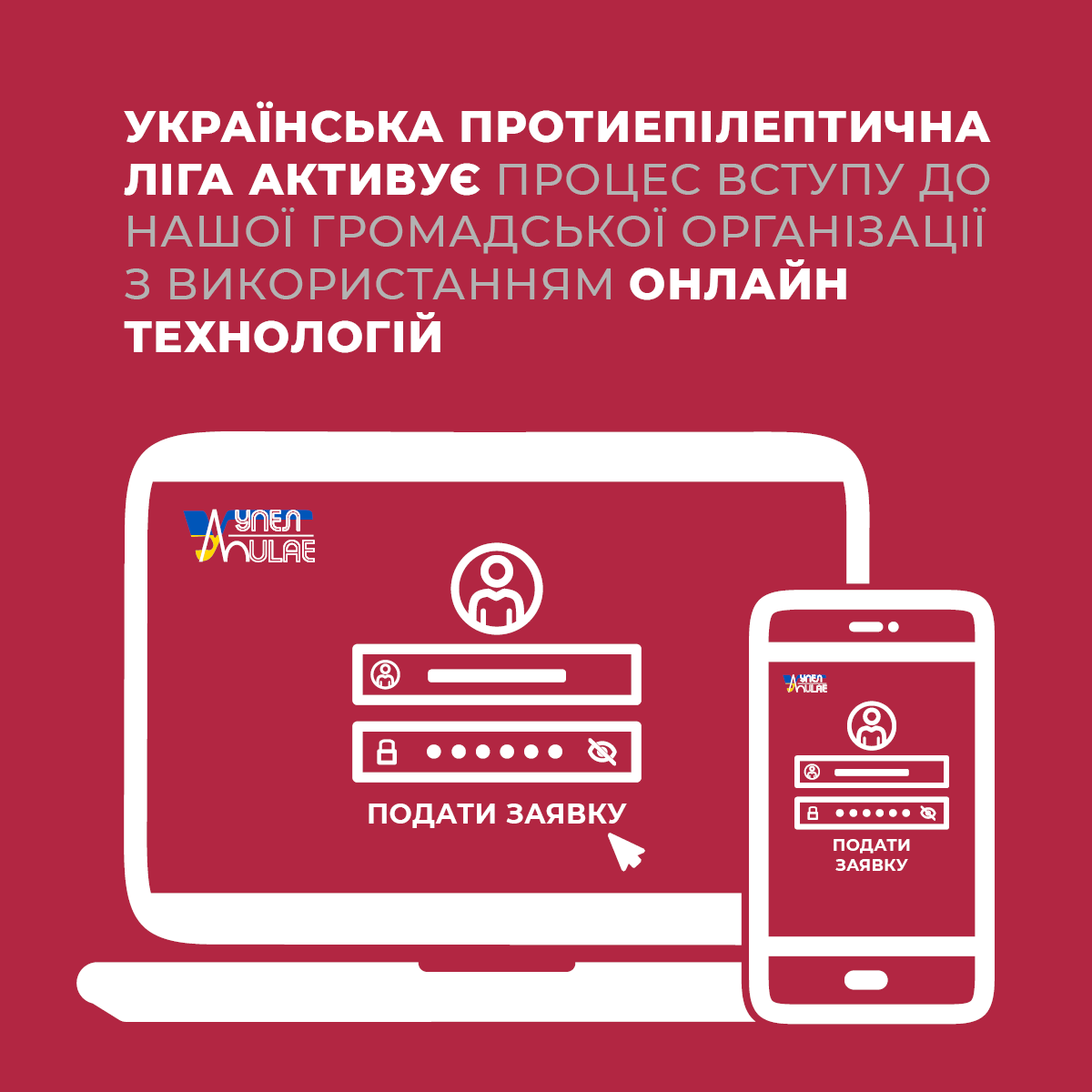Seizure 2020, Vol 82, Editor’s Choice: In the eye of the beholder: using a multi-informant approach to examine the mediating effect of cognitive function on emotional and behavioral problems in children with active epilepsy.
Epilepsies are conditions not only characterized by the seizures which define them but also by their neurobiological, cognitive and psychosocial consequences. Individual “consequences” may not be linked exclusively to epilepsy, but they are so common and their patterns so characteristic that they have been included in the definition of epilepsy (1). Although the word “consequence” implies a unidirectional relationship in which seizures are the cause, in many cases, there are bidirectional relationships between particular neurobiological, cognitive or psychosocial features and epileptic seizures. For instance, individuals with uncontrolled epilepsy are more likely to experience symptoms of depression than those whose seizures are well controlled (2). At the same time depressed individuals are more likely to have epileptic seizures (or to develop epilepsy) than those who are not (3). Having said that, the term “bi-directional” still oversimplifies these associations. As particular features do not only interact with epileptic seizures but also with each other (as well as the underlying cause of the epilepsy and its potential consequences), the relationships between different features need to be considered “multi-“ rather than “bi-” directional.
All this becomes even more complicated in children and adolescents where interactions are not limited to features associated with epileptic seizures and any underlying disease but also include features associated with neurobiological, cognitive and psychosocial brain development.
My Editor’s Choice paper from the current volume of Seizure, an original article by Tamar Silberg et al., explores some of these multifactorial interactions by describing the relationship between cognitive, emotional, behavioural and seizure-related variables in a sizable group of children and adolescents (4). Using data from a range of sources (clinical information, neuropsychological testing, parent and teacher-reports) they found that parents and teachers both reported high levels of emotional and behavioral problems, although, at group level, the cognitive profile of the sample was within the normal range. Teachers reported more emotional and behavioural problems than parents. The relationship of teachers’ assessment of emotional and behavioural problems and epilepsy-related factors (such as the number of antiseizure medications and illness duration) was mediated the children’s cognitive performance. This mediation effect was not observed in relation to parents’ reports of emotional and behavioural problems, perhaps reflecting the different situation in which parents and teachers observe children’s behavior or the more complex relationships between parents and their children. The findings could also have been influenced by negative attitudes towards epilepsy among teachers, leading to an increased perception of emotional and behavioral problems, especially in children with cognitive problems.
Whatever the reasons for the differences in the perceptions of parents and teachers, the discrepancies found in this study highlight the importance of taking full account of the sources of information about patients and the context in which the information was gathered. In order to achieve an optimal understanding of an individual’s epilepsy, its consequences and associations, and to provide optimal intervention, information from multiple sources needs to be carefully triangulated. A correlation between two features does not always mean that there is a causal link. Even when thre is a link, causation may be mediated by a third (or multiple other) factor(s).
References:
1) Fisher RS, Boas WV, Blume W, Elger C, Genton P, Lee P, Engel Jr J. Epileptic seizures and epilepsy: definitions proposed by the International League Against Epilepsy (ILAE) and the International Bureau for Epilepsy (IBE). Epilepsia 2005;46:470-2.
2) Jacoby, A., Baker, G. A., Steen, N., Potts, P., Chadwick, D. W. The clinical course of epilepsy and its psychosocial correlates: findings from a U.K. Community study. Epilepsia. 1996;37(2),148-61.
3) Hesdorffer DC, Ishihara L, Mynepalli L, Webb DJ, Weil J, Hauser WA. Epilepsy, suicidality, and psychiatric disorders: a bidirectional association. Ann Neurol 2012;72:184-91
4) Silberg T et al. In the eye of the beholder: using a multi-informant approach to examine the mediating effect of cognitive function on emotional and behavioral problems in children with active epilepsy. Seizure 2020; 82: 31-38
Seizure 2020, Том 82, Вибір редактора: «Погляд спостерігача: використання мультиінформативного підходу для вивчення опосередковуючого впливу когнітивних функцій на емоційні та поведінкові проблеми у дітей з активною епілепсією».
Епілепсії – це розлади, що характеризуються не тільки епілептичними нападами, які їх визначають, але також їх нейробіологічними, когнітивними та психосоціальними наслідками. Окремі «наслідки» можуть бути пов'язані не тільки з епілептичними нападами, вони настільки поширені і їх патерни настільки характерні, що вони були включені у визначення епілепсії (1). Хоча слово «наслідок» передбачає односторонній зв’язок, в якому напади є причиною, у багатьох випадках існують двосторонні зв’язки між певними нейробіологічними, когнітивними чи психосоціальними ознаками та епілептичними нападами. Наприклад, особи з неконтрольованою епілепсією частіше відчувають симптоми депресії, ніж ті, у кого напади добре контролюються (2). У той же час люди, які перебувають у депресії, більш схильні до епілептичних нападів (або до розвитку епілепсії), ніж ті, у кого її немає (3). Тим не менш, термін «двосторонній» все ще занадто спрощує ці асоціації. Оскільки окремі ознаки взаємодіють не тільки з епілептичними нападами, але і один з одним (а також з основною причиною епілепсії та її потенційними наслідками), відносини між різними ознаками слід розглядати як «мультинаправлені», а не «двонаправлені».
Все це ускладнюється особливо у дітей та підлітків, де взаємодія не обмежується лише ознаками, пов’язаними з епілептичними нападами та будь-яким основним захворюванням, а також включає особливості, пов’язані з нейробіологічним, когнітивним та психосоціальним розвитком мозку.
Мій вибір редактора з поточного журналу «Seizure» - оригінальна стаття Tamar Silberg et al., які досліджують деякі з цих багатофакторних взаємодій, описуючи взаємозв'язок між когнітивними, емоційними, поведінковими і пов'язаними з нападами змінами в великій групі дітей та підлітків (4). Використовуючи дані з ряду джерел (клінічна інформація, нейропсихологічне тестування, звіти батьків та вчителів), вони виявили, що і батьки, і вчителі повідомляли про високий рівень емоційних та поведінкових проблем, хоча на рівні групи когнітивний профіль вибірки знаходився в межах нормального діапазону. Вчителі більше повідомляли про емоційні та поведінкові проблеми, ніж батьки. Взаємозв'язок оцінки вчителями емоційних та поведінкових проблем та пов'язаних з епілепсією факторів (таких, як кількість протисудомних препаратів та тривалість хвороби) опосередковувався когнітивною діяльністю дітей. Цей посередницький ефект не спостерігався у звітах батьків про емоційні і поведінкові проблеми, що, можливо, відображає різну ситуацію, в якій батьки і вчителі спостерігають за поведінкою дітей або більш складними відносинами між батьками та їхніми дітьми. На висновки також могло вплинути негативне ставлення вчителів до епілепсії, що призвело до посилення сприйняття емоційних та поведінкових проблем, особливо у дітей з когнітивними проблемами.
Якими б не були причини відмінностей у сприйнятті батьків і вчителів, розбіжності, виявлені в цьому дослідженні, підкреслюють важливість повного врахування джерел інформації про пацієнтів і контексту, в якому ця інформація була зібрана. Для досягнення оптимального розуміння індивідуальної особливості епілепсії, її наслідків та асоціацій, а також для забезпечення оптимального втручання інформація з різних джерел повинна бути ретельно опрацьована. Кореляція між двома ознаками не завжди означає наявність причинно-наслідкового зв'язку. Навіть коли існує зв'язок, причинно-наслідковий зв'язок може бути опосередкований третім фактором (або кількома іншими факторами).
References:
1) Fisher RS, Boas WV, Blume W, Elger C, Genton P, Lee P, Engel Jr J. Epileptic seizures and epilepsy: definitions proposed by the International League Against Epilepsy (ILAE) and the International Bureau for Epilepsy (IBE). Epilepsia 2005;46:470-2.
2) Jacoby, A., Baker, G. A., Steen, N., Potts, P., Chadwick, D. W. The clinical course of epilepsy and its psychosocial correlates: findings from a U.K. Community study. Epilepsia. 1996;37(2),148-61.
3) Hesdorffer DC, Ishihara L, Mynepalli L, Webb DJ, Weil J, Hauser WA. Epilepsy, suicidality, and psychiatric disorders: a bidirectional association. Ann Neurol 2012;72:184-91
4) Silberg T et al. In the eye of the beholder: using a multi-informant approach to examine the mediating effect of cognitive function on emotional and behavioral problems in children with active epilepsy. Seizure 2020; 82: 31-38





